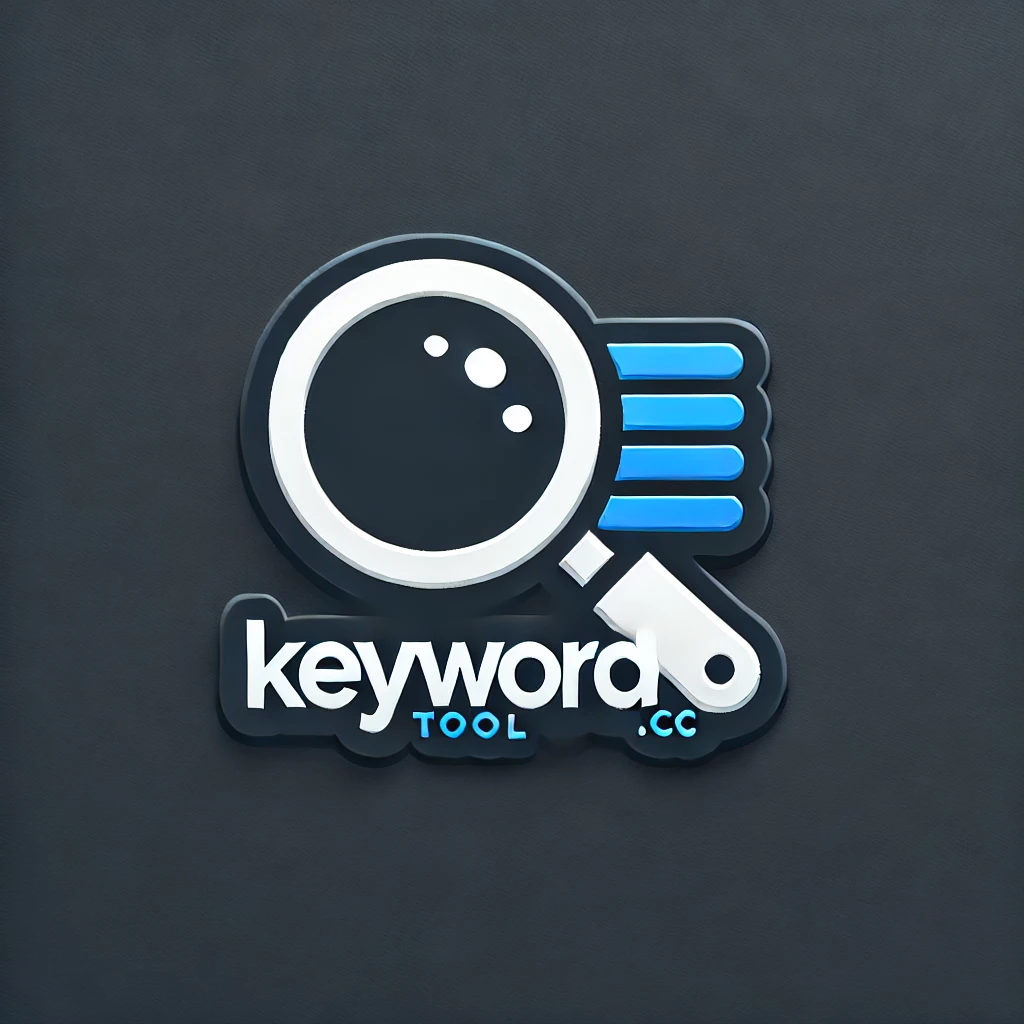Trying to sell to everyone is the fastest way to waste time and money. If you want real results, you’ve got to define target audience first—no guesswork, no fluff. Knowing exactly who you’re talking to helps you stop shouting into the void and start building real connections with people who actually care. This isn’t about chasing trends or copying what the big brands do. It’s about getting clear on who your ideal clients are and speaking their language—on Google, on social media, everywhere. Once you lock that in, everything else gets easier: content, ads, even SEO tracking.
Define Target Audience with Precision
Forget guessing. If your messaging speaks to everyone, it hits no one. You need to define your audience with sharp clarity. That means knowing who they are, what they care about, and how they behave online.
Start by digging into real data. Look at purchase history, website traffic sources, email opens, and social media actions. What patterns show up? Who buys once and vanishes? Who keeps coming back? These clues help you spot the kind of people who actually connect with your product or service.
Next, break them down into segments. Think in terms of age groups, job roles, locations—but don’t stop there. Dive deeper into their habits: What problems do they search for online? How do they speak about those problems? Which platforms do they trust for answers?
This is where things get practical. When you organize keywords that match these behaviors and track which ones perform best across channels like Google or Facebook, you’re not just guessing anymore—you’re building strategy based on facts. Squirrly’s Briefcase helps plug this gap between research and action by letting you label keywords by buyer type or campaign goal. You can also monitor what’s working without bouncing between five different tools.
Now apply this info to your content—emails, blog posts, ads—everything should speak directly to the people most likely to care. No more writing blogs that go nowhere or running ads that confuse half your audience.
Precision isn’t about being perfect—it’s about cutting through noise so the right people hear you loud and clear. Define smartly so every word works harder than before.
Craft a Personalized Brand Message
Say something real or say nothing at all. That’s the rule when you want to build trust with people who actually care about what you do. Once you define target audience clearly, stop guessing and start speaking their language. That doesn’t mean using fluff or trying to sound like someone else. It means shaping your message around what matters to them — not what sounds good in a pitch.
Start by figuring out what they’re trying to fix, reach, or avoid. Most people don’t care about features; they care about outcomes. If your product saves time, show how that time turns into more freedom or focus for them. If it helps them grow their business, explain how it does that without extra tools, teams, or stress.
A strong message doesn’t try to please everyone — it filters out the wrong crowd and draws in the right one fast. Don’t water down your voice just because others talk differently online. Your ideal clients will connect when they hear something that feels made for them.
To make this easier on yourself, keep your keyword strategy aligned with these real conversations you’re having — not random trends from search engines alone. This is where Squirrly’s Briefcase feature becomes useful without slowing you down. Use it to store the exact phrases your audience uses, tag those based on intent or topic clusters, and track how each one performs over time across both Google rankings and social media traction.
This way, you’re not just throwing content into the void — you’re building a system that backs up every line of copy with data and purpose.
Engage Through the Right Channels
You can’t build a real connection if you’re shouting into the void. Once you define target audience, stop wasting time on platforms they don’t care about. Focus your energy where they already hang out. That could be Instagram, LinkedIn, email inboxes, or even niche forums. Don’t assume—know.
Start by observing where your current clients come from. Did they find you through a Facebook group? Did they reply to an email campaign? Track those patterns instead of guessing what might stick. This is not about doing more—it’s about doing what works.
If your ideal clients scroll Instagram daily but ignore their emails, then pouring effort into newsletters is pointless. If they prefer long-form posts on LinkedIn over short tweets, give them that content instead of trying to go viral on Twitter for no reason.
Use data to guide this process, not gut feelings. Tools like Squirrly’s Briefcase let you organize keywords by platform and strategy so you’re not throwing random ideas at every corner of the internet. You can label each keyword based on channel use—social media focus, blog content, or paid ads—and track how each one performs over time without needing a separate tracker or spreadsheet mess.
This saves hours and helps you stop second-guessing whether that last post did anything useful. You’ll see which channels bring traffic and which ones lead nowhere fast. When everyone else wastes time posting everywhere all at once, you’ll have a plan backed by proof.
Turn chaos into a clear keyword roadmap—start here.
Meeting people where they’re active isn’t just smart—it’s efficient. It keeps you from burning out while giving potential clients exactly what they need in places they’re already paying attention to.
Foster Authentic Relationships
One-off messages won’t build anything real. People can tell when you’re just pushing a sale. If you want to connect with your ideal clients, you have to show up often and give them something useful every time. Don’t rely on random posts or empty check-ins. Share content that helps them solve problems. Answer questions without making it all about your offer.
When someone reaches out or comments, respond fast and stay human. No canned replies or fake enthusiasm—just be clear and direct. Show that you’re actually listening, not waiting for the chance to pitch something. This kind of consistent communication builds trust over time.
To make this easier, start by taking the time to define target audience clearly. When you know who they are, it’s easier to speak their language and focus on what matters to them—not what sounds good in a pitch deck.
Don’t guess what they care about—track it. See which topics get clicks or comments and adjust from there. That’s where using tools like Squirrly’s Briefcase comes into play without adding more chaos to your workflow. You can label keywords by topic, monitor how well each post performs over time, and keep everything organized so you’re not starting from scratch every week.
Briefcase also makes teamwork simple if you’re not doing it all alone—no need for long email threads or confusion about strategy changes. It keeps things sharp so everyone stays on the same page.
Real relationships come from showing up again and again with value that fits their needs—not yours alone.
Turn chaos into a clear keyword roadmap by checking out Squirrly’s Briefcase.
Precision Breeds Connection
To truly resonate in today’s noisy digital space, you must first define target audience with laser-like accuracy. From there, craft a brand message that speaks their language, show up where they hang out, and—most importantly—build genuine relationships that go beyond the transaction. It’s not about shouting louder; it’s about speaking directly to the right people. Tools like Squirrly’s Briefcase feature can help you track what matters, evolve your strategy in real-time, and keep your keyword chaos in check. Ready to turn chaos into a clear keyword roadmap? Start here.









